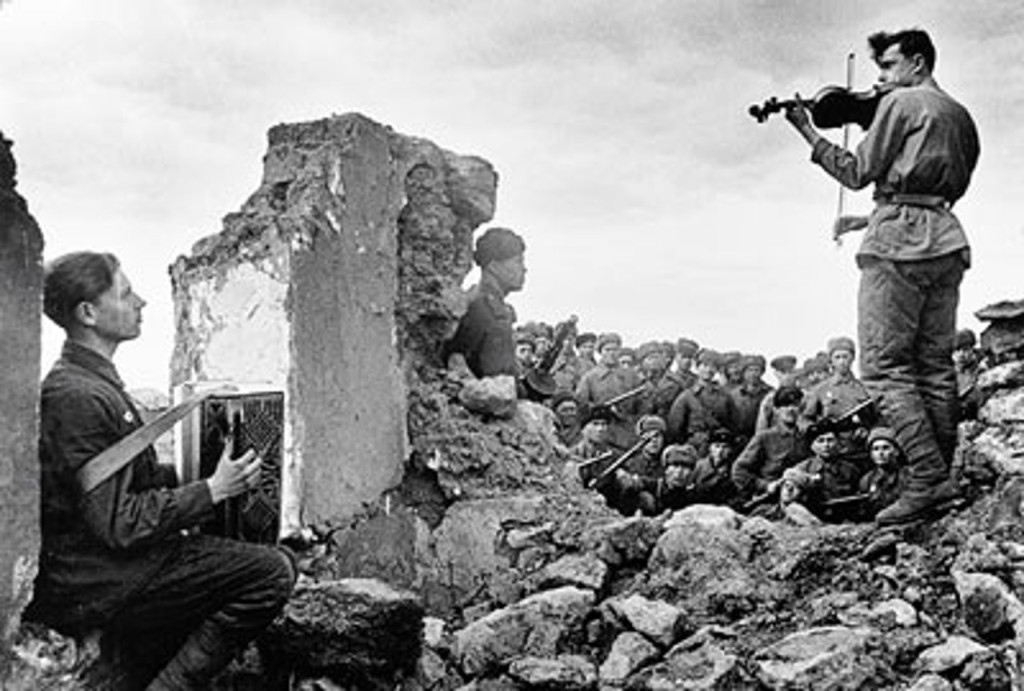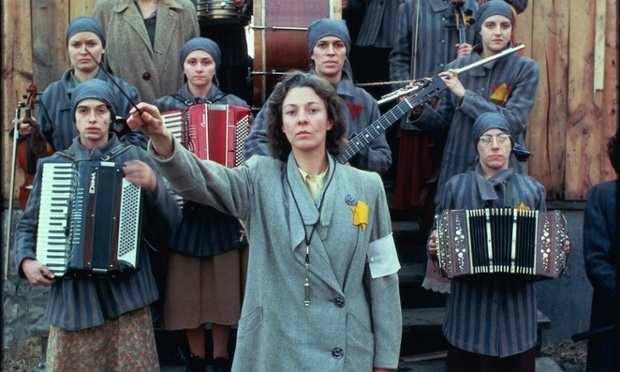Qwertyman for Monday, December 25, 2023
(Today I’m offering, as I customarily do, a Christmas story, albeit one in rather unusual circumstances, to provoke us into reflecting on what Christmas should mean.)
NURSE NESTOR couldn’t recall how many times he had performed this procedure—thousands, for sure, in the ten years he had been with the hospital—and he had to acknowledge that it did get easier with practice to the point that he could lecture newbies on the proper way of doing things, such as changing diapers based not on their availability but on the patient’s needs, to avoid prolonged wetness leading to contact dermatitis.
He had become largely inured to the smell of urine and excrement, and all the other effusions sick bodies produced. Some other nurses and doctors dealt with that by employing exotic methods like putting coffee grounds or some other odor absorber in the room or applying lavender oil under their noses, but double-masking was enough for him, until he understood that some smells were simply too powerful to be suppressed, and that a philosophical kind of acceptance was the only real way of surviving along with one’s patients. Soon he reveled in being able to undertake the toughest assignments, such as the aging movie star who refused to let people know that he had had a colostomy, even when the hole in his belly began to leak. They had chatted about his biggest hits as Nestor irrigated the stoma, flushing out the detritus, until the man was in tears, but not over the pain of the process.
It would have been easy to say that Nestor was now on duty in the ICU because of his proven expertise, and that he could be proud of having been selected for this shift on Christmas Eve, but he knew none of it was true. He was there because everyone else had a family to hurry home to, and he did not. He lived in a rented room in San Marcelino, a short jeepney ride away from the hospital, and took his meals in a nearby restaurant that toted up his bills at the end of the month; he did not even need to tell them what he wanted for breakfast. They would be closed on Christmas morning, so he would have to reach into his cupboard for some noodles or sardines.
It would have been different if Celeste hadn’t gone off with that anesthesiologist in his Miata, just because Nestor was on overtime when she needed a ride home. They used to wait for each other in the cafeteria, watching YouTube videos or making silly Facebook posts. Months afterward, when her blistering affair with the doctor was over and he saw her in her old chair fiddling with her phone, he would have swallowed his pride and swept her back into his arms, but she looked away and he had to pretend to be interested in the lunch menu.
Nestor knew the minute he saw the boy—because that was just what he was, a boy in a tall man’s frame—that he was trouble. Half his head was swathed in bandages and a leg was encased in plaster, like he had stepped out of a Mr. Bean comedy with something explosively hilarious about to happen, but the boy stared at him with a vehemence Nestor did not think possible out of one good eye. Nestor read his chart and saw that Patient Philip V. had been involved in a car crash the day before and had broken some bones, but nothing too seriously; he was going to live. He had not been drinking, which was unusual. Nestor could see that Philip had wetted himself, which was also unusual, as most patients had a hard time pissing after surgery, for a variety of reasons. He wondered why Philip had not been catheterized—possibly the Christmas rush?
“I’m wet,” said the boy in an angry slur.
“I know,” said Nestor, lifting up the patient’s gown to verify what he could sniff. It was nothing.
“I’ve been buzzing you—someone, anyone—for minutes. Where the hell is everybody?”
“It’s Christmas. People go home. People stay home. What happened to you?” Nestor began putting on his gloves.
“What are you doing?”
“I’m cleaning you up. If you don’t mind, I’m going to wipe you front to back to minimize infection, examine you for rashes. Then I’ll put a diaper on you, unless you want a catheter—you know, a tube I’ll stick into you—”
“I know what a catheter is. I have a master’s degree, in something no one cares about. I look too young, right? People always tell me I’m too young for this and that.”
Nestor looked at the boy and the hollows of his cheeks, the pale skin that bruised too easily, the slender bones that spoke of homes with swimming pools and SUVs in the garage and colognes in the bathroom. He remembered Celeste’s beau, a mestizo Chinese who wasn’t even handsome but who, Celeste said, could play the piano. He saw the boy’s limp privates and wondered what damage they had done, and felt a welling contempt. He wanted to pull the sheet out from under Philip as roughly as he could and shove him against the bed’s railing until he screamed.
“Hey, you look annoyed,” said Philip. “I know what you’re thinking. It’s Christmas and you’re stuck here with me and my—whatever. Go ahead, take it out on me. Hurt me. I never asked for this,” he said, gesturing at the straps and tubes he was attached to.
“Shut up and let me work.” Outside the ICU he could hear the patter of feet and the squeak of a gurney being rolled down the corridor, at the end of which a string of colored lights blinked around the swing doors, surrounded by foamy patches of fake snow.
“How much worse can it get? My parents are flying in tomorrow and will pull me out of this, like they always do—” He felt Nestor grab his leg. “You can’t hurt me even if you wanted to. I tried to kill myself, did they tell you that? I crashed my car into a post, but—the post was lousy and gave way. Whoever built that made some money.” He let out a dry chuckle.
Nestor stopped, holding an immaculate diaper between his hands. “No. Why would you do that?”
“Because they wanted to keep me away—from—from Timmy. They didn’t need to. Timmy’s gone. He left ahead of me, a week ago. He was better at it than I was.”
There were ways, Nurse Nestor had sometimes thought, that patients falling under “Code Gray”—unruly, irrational, and combative persons—could be brought to heel, or even privately punished. Caregivers needed that certain leeway—a pinch here, a pull there—to express and to expel their innermost emotions. He looked at Philip, suddenly smaller and meeker in his hospital gown. He resolved to show him how an adult diaper could be put on with the least discomfort, to nurse and patient both.














